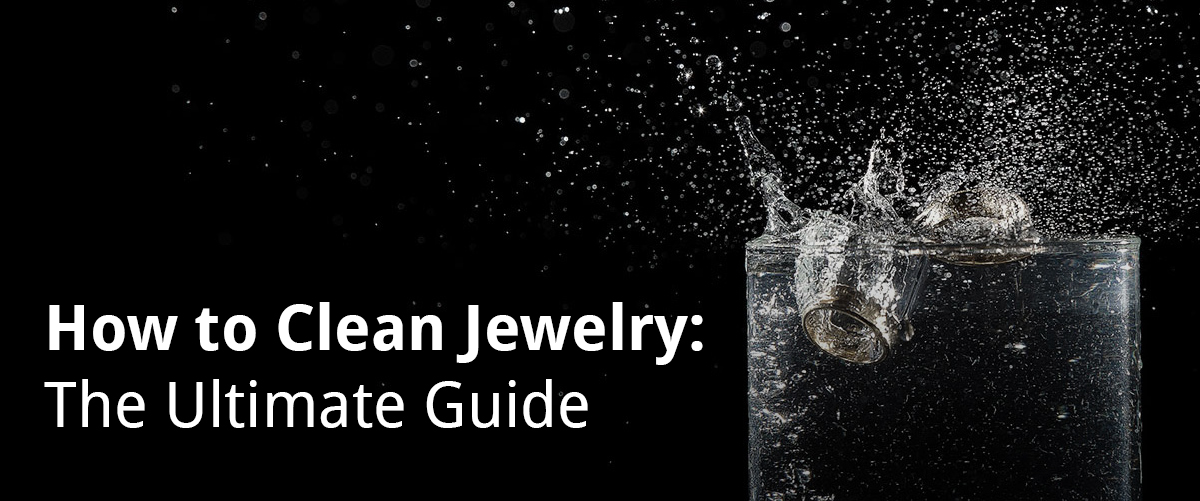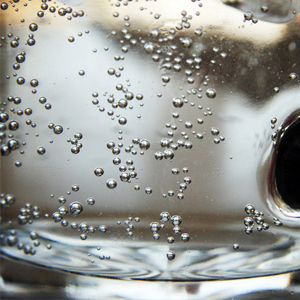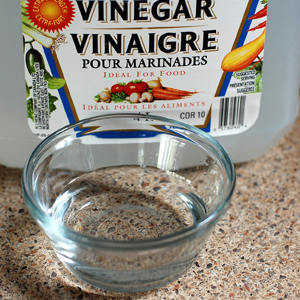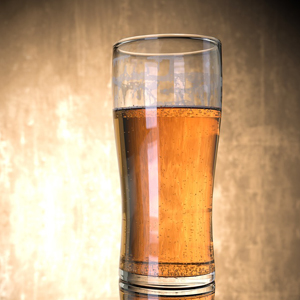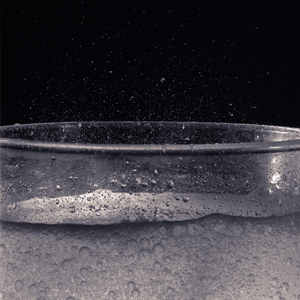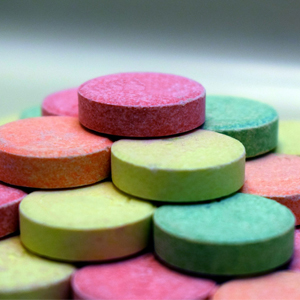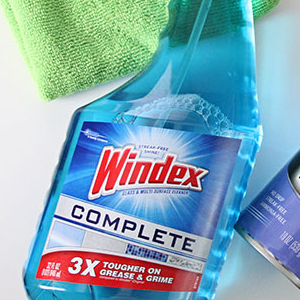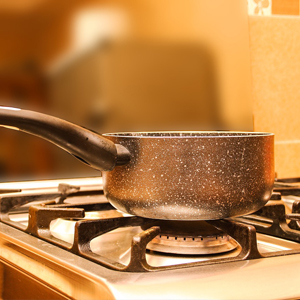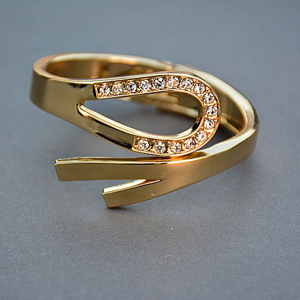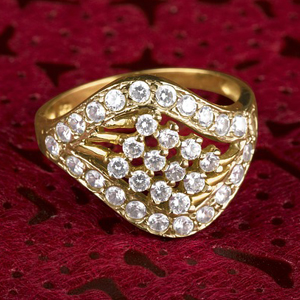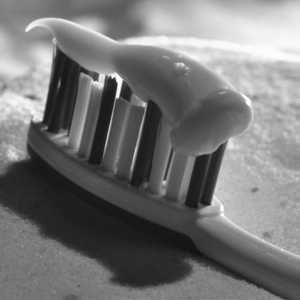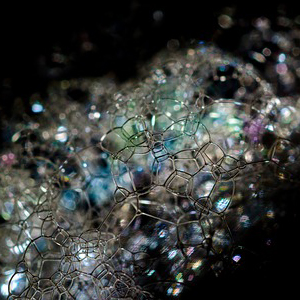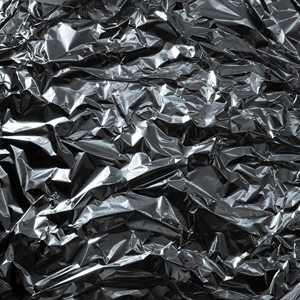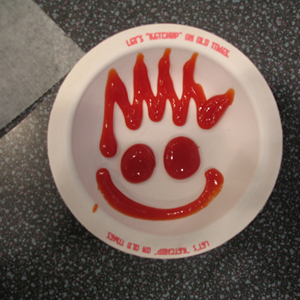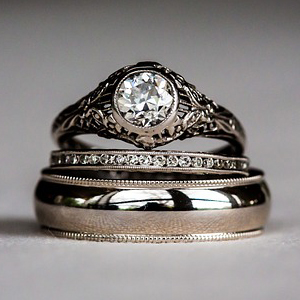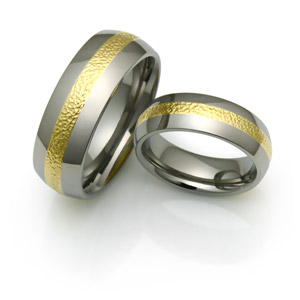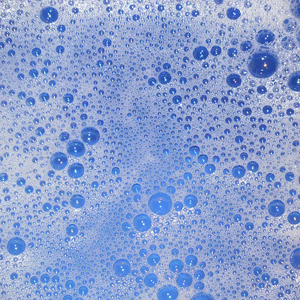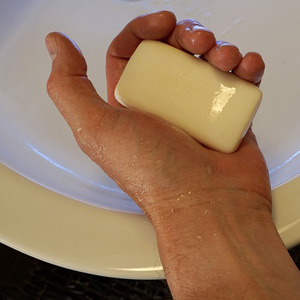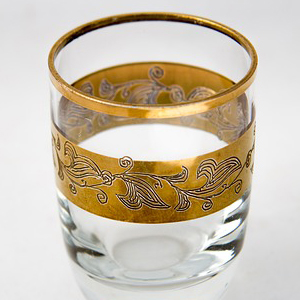Is your favorite ring or necklace looking a little grimy? Don’t worry—there’s no need to spend a lot of money on fancy jewelry cleaners! You can clean most types of jewelry with common household items. You probably have all of them already.
A word of warning, though: not all jewelry can be cleaned with the same techniques. Jewelry made from gold and silver is softer than titanium and tungsten rings, and it requires different types of cleaning. Similarly, hard stones like diamonds can handle cleaning methods that would damage porous stones like pearls and turquoise.
To make this easier for you, we’ve broken our guide down into metal and stone types. Simply click on the material that your jewelry is made out of, and we’ll show you all the household cleaning methods which you can use.
It’s also worthwhile to know your hard materials from your soft materials. Here’s a rough guide:
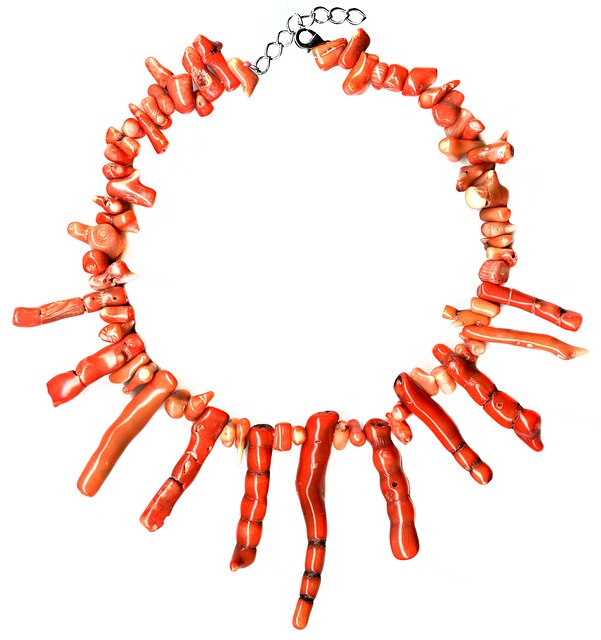
You may be wondering how to handle, say, a ring made out of a soft metal (like gold) that has a hard stone set in it (like diamond). It’s pretty simple, actually: let the softer material determine which cleaning methods you use.
Important: NEVER use acetone, bleach, or chlorine to clean ANY type of jewelry. These chemicals can react with jewelry materials, either damaging your jewelry now or in the long run.
DISCLAIMER: Cleaning methods are provided for informational purposes only. All DIY jewelry cleaning is performed at your own risk. We cannot be held responsible for damages done to your jewelry.
Like gold, silver falls on the softer side among jewelry metals. It needs gentle care. However, unlike gold, silver has its own cleaning problem—tarnish. This is an ongoing reaction which happens between silver and chemicals which it encounters. Other than vacuum-packing your silver and never wearing it again, there is no way to prevent tarnish. Luckily, tarnish is fairly easy to remove. You just have to keep up with it and clean your silver every now and then.
Titanium, tungsten, and cobalt are hard metals, and there’s very little you can do to damage them while cleaning. However, note that for titanium rings with precious metal inlays, you want to keep them away from bleach, chlorine cleaners, and swimming pools. Chlorine will damage the precious metal inlay in this type of ring.
IMPORTANT NOTE: Anodized titanium rings (those with special colored areas) need to be treated more gently. See the next section for cleaning an anodized titanium ring.
Use the same techniques as you would for non-anodized titanium, tungsten, and cobalt—EXCEPT no scrubbing! The abrasive action of scrubbing can remove the anodized coating on the colored areas. Instead of scrubbing, pat the ring with a soft cloth.
Image courtesy of Lisa. Licensed under Creative Commons 2.0.
In the world of jewelry, pearls are temperamental and easily damaged. Unfortunately, due to their porous nature, they easily lose their shine and require frequent cleaning. The only cleaning solutions you can use are variations on soap and water or shampoo. Harsh cleaning mixtures will cause permanent damage. NEVER use Windex or other cleaners on pearls!
Other soft stones like turquoise and opal may be cleaned with the same method. However, when in doubt, take these stones to a jeweler for cleaning.
Image courtesy of TVZ Design. Licensed under Creative Commons 2.0.
Diamond is the hardest substance on earth. There’s very little you can do to damage the actual diamond in your jewelry while cleaning it. Generally, you will need to take greater care with the metal and the gem setting than with the diamond itself.
Image courtesy of Malcos. Licensed under Creative Commons 2.0.
As the Gemological Institute of America explains, many of the rubies, sapphires, and emeralds on the market today are fracture-filled stones. These stones are extremely delicate when it comes to cleaning and contact with chemicals. Both ultrasonic cleaners and cleaning chemicals can destabilize the filling of the fractures. The ONLY safe way to clean them is with warm soapy water and a soft cloth, as outlined elsewhere in this article.
The Bottom Line
Looks like cleaning jewelry at home is easier than you thought! The main thing is to know your metals and your stones, and which techniques can be used on which materials. When in doubt, use warm soapy water, a soft cloth, and a gentle touch. Happy cleaning!
Shop now! By clicking the link
1-513-520-0527
sales@titaniumstyle.com
